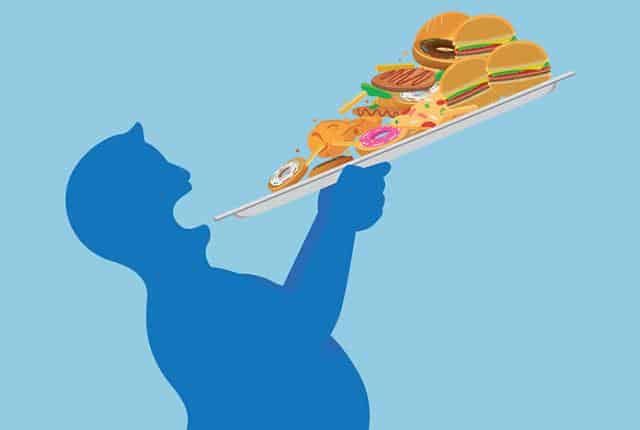Eating is one of life’s greatest pleasures, and overeating is one of life’s growing problems.
In 2019, researchers from The Stuber Lab at the University of Washington School of Medicine discovered that certain cells light up in obese mice and prevent signals that indicate satiety, or feeling full. Now comes a deeper dive into what role these cells play.
A study published Oct. 7 in the journal Neuron reports on the function of glutamatergic neurons in mice. These cells are located in the lateral hypothalamic area of the brain, a hub that regulates motivated behaviors, including feeding.
The researchers found that these neurons communicate to two different brain regions: the lateral habenula, a key brain region in the pathophysiology of depression, and the ventral tegmental area, best known for the major role it plays in motivation, reward and addiction.
“We found these cells are not a monolithic group, and that different flavors of these cells do different things,” said Stuber, a joint UW professor of anesthesiology and pain medicine and pharmacology. He works at the UW Center for the Neurobiology of Addiction, Pain, and Emotion, and was the paper’s senior author. Mark Rossi, acting instructor of anesthesiology and pain medicine, is the lead author.
The study is another step in understanding the brain circuits involved in eating disorders.
The Stuber Lab studies the function of major cell groups in the brain’s reward circuit, and characterizes their role in addiction and mental illness – in hopes of finding treatments. One question is whether these cells can be targeted by drugs without harming other parts of the brain.
Their recent study systematically analyzed the lateral hypothalamic glutamate neurons. Researchers found that, when mice are being fed, the neurons in the lateral habenula are more responsive than those in the ventral tegmental area, suggesting that these neurons may play a greater role in guiding feeding.
Researchers also looked at the influence of the hormones leptin and ghrelin on how we eat. Both leptin and ghrelin are thought to regulate behavior through their influence on the mesolimbic dopamine system, a key component of the reward pathway in the brain. But little has been known about how these hormones influence neurons in the lateral hypothalamic area of the brain. The investigators found that leptin blunts the activity of neurons that project to the lateral habenula and increases the activity of neurons that project to the ventral tegmental area. But ghrelin does the opposite.
This study indicated that brain circuits that control feeding at least partially overlap with brain circuitry involved in drug addiction.
The study adds to the growing body of research on the role of the brain in obesity, which the World Health Organization calls a global epidemic. New data from the Centers for Disease Control and Prevention showed 16 states now have obesity rates of 35% or higher. That’s an increase of four states – Delaware, Iowa, Ohio and Texas – in just a year.


